The SilverStone NightJar NJ700 Passive PSU Review: Silent Excellence
by E. Fylladitakis on November 29, 2021 8:00 AM EST- Posted in
- Cases/Cooling/PSUs
- PSUs
- SilverStone
- Passive Cooling

One particularly annoying drawback of nearly all powerful electronics is the noise generated from their required coolers. Although PC components are getting more and more efficient, the general rule still holds: a powerful PC will come with significant cooling requirements.
This typically is not a concern for gamers, as the noise generated by the PC is often overshadowed by the speakers or headphones. For users who want to build a high-performance entertainment center, however, noise can be a significant issue. When a PC is installed in the living room, it needs to be powerful enough for games, but still quiet while playing/streaming media. The same goes for users who combine their professional and gaming needs into one system or, for whatever reason, they require abundant processing power to perform their profession.
One of the major noise sources inside a PC is the power supply unit (PSU). Low-cost PSUs tend to be less efficient – losing a larger portion of their input power to waste heat – and as a result they rely on a strong flow of air rather than heatsink surface area alone in order to dissipate heat, which makes them quite loud when power requirements are high. Thankfully, improvements in PSU efficiency have been driving down the amount of waste heat (and thus noise) over the years – at least for the higher-end models. As a result, what we often find is that the higher quality (higher priced) a PSU is, the quieter it operates.
In today’s review, we are having a look at a PSU from SilverStone that puts that rule to the test: the Nightjar NJ700, a 700 Watt ATX PSU that is so efficient and well-designed so as to require no active air cooling at all. Although passively cooled PSU are as rare as hen’s teeth, we have seen several passively cooled PSUs in the past, including our recent review of SilverStone’s own Nightjar NJ450-SXL. The unique aspect of the Nightjar NJ700 is the high power output of 700 Watts, which requires an amazingly efficient design to be able to cope with the thermal losses without any active cooling.
| Power specifications ( Rated @ 50 °C ) | |||||
| AC INPUT | 100 - 240 VAC, 50 - 60 Hz | ||||
| RAIL | +3.3V | +5V | +12V | +5Vsb | -12V |
| MAX OUTPUT | 20A | 20A | 58A | 2.5A | 0.3A |
| 100W | 696W | 12.5W | 3.6W | ||
| TOTAL | 700W | ||||
Packaging and Bundle
We received the SilverStone NJ700 in an aesthetically simple but practical cardboard box. The artwork is simplistic, with a blue/gold color theme and based around a picture of the PSU itself. On the other hand, the box is sizable and with very thick exterior walls, providing ample shipping protection.
SilverStone usually goes with the bare minimum number of bundled items, but the NJ700 seems to be an exception. Inside the box, we find the mounting screws, the required AC power cable, a thorough manual, numerous cable ties, and five high-quality black/white cable straps.
The SilverStone Nightjar NJ700 is a fully modular PSU and every cable, including the 24-pin ATX cable, can be detached. With the exception of the 24-pin ATX cable, the rest of the cables are ribbon-like, “flat” type. The main 24-pin ATX cable is made of all-black wires too but they are bundled and held inside a black nylon sleeve.
| SilverStone Nightjar NJ700 | ||
| Connector type | Hardwired | Modular |
| ATX 24 Pin | - | 1 |
| EPS 4+4 Pin | - | 1 |
| EPS 8 Pin | - | - |
| PCI-E 6+2 Pin | - | 4 |
| PCI-E 8 Pin | - | - |
| SATA | - | 12 |
| Molex | - | 6 |
| Floppy | - | 1 |
The SilverStone Nightjar NJ700 PSU
External Appearance
The SilverStone Nightjar NJ700 definitely is an irregular design, with all surfaces except its bottom perforated to allow for the maximum possible passive airflow. The perforation pattern alone is enough to hint the OEM behind this PSU’s creation to a seasoned expert.
Its chassis is dimensionally close to that of an ATX unit but the NJ700 is 170 mm long, making it a bit longer than what the ATX standard dictates. Still, there should not be any clearance issues with any but the most restrictive of PC cases. Due to its thermal design, however, we would not recommend installing it inside a case with a tight PSU cover because it would essentially block any heat transfer from the unit. The NJ700 is designed so as to be installed with the vents facing upwards, letting the hot air rise and ultimately exit the case via other fans or vents.
In order to leave the heatsinks unobstructed, the designer moved the sticker with the unit’s electrical specifications and certifications to the bottom side of the unit. Even there, the sticker was limited to less than half the surface area, as small vents have been placed under critical components.
At the rear side of the PSU, we find the typical on/off switch and the AC cable receptacle. The interesting thing here is that SilverStone’s engineers placed two mounting hole patterns, allowing the mounting of the PSU to face upwards or downwards. Depending on the case that the PSU will be installed in, the user has to make an educated guess in order to ascertain the optimal orientation for effective passive air cooling. The front side hosts the connectors for the modular cables, all of which are black but are keyed and it is not possible to mix-up the connectors while attaching the cables. A basic legend is sprayed directly on the PSU’s chassis.
Internal Design
With no fan to talk about inside the SilverStone NJ700, we jump right away to the OEM of the platform, who is none other than SeaSonic. As we mentioned above, this is obvious to an experienced PC builder, as the external design of the PSU is, with the exception of the company’s logos, practically identical to that of the SeaSonic Prime Fanless. SilverStone usually employs Enhance for their fanless PSUs but, apparently, Enhance does not yet have a platform that can deliver this high a power output without any active cooling.
As expected from SeaSonic and for the nature of this particular design, the platform that the NJ700 is based upon is pretty much the best it could possibly be without employing cutting-edge digital electronics. That their engineers managed to squeeze 80Plus Titanium efficiency levels out of an analog design is quite a feat on its own. SeaSonic probably sticks with such designs due to their extremely high reliability and proven track record from decades of use.
The insides of the SilverStone Nightjar NJ700 do not look much different than any other high quality 700W PSU. Even the heatsinks, though sizable, are not as substantial as one would expect from a passively cooled unit. Only the heatsink placed directly on the main transformer stands out compared to typical ATX products.
A generous filtering stage begins at the back of the AC receptacle, under a shield, with six Y capacitors, three X capacitors, and two filtering coils. There are two powerful rectifying bridges, with a sizable heatsink sandwiched in between them. There are two APFC capacitors, both made by Nippon Chemi-Con and rated at 400v/470μF each.
The primary side of the PSU is a standard full-bridge configuration with an LLC resonant converter. On the secondary side, four MOSFETs generate a single 12V line, with additional DC-DC converters present to generate the 5V and 3.3V lines from that. The difference is that both the four inverting transistors on the primary side and the four converting MOSFETs on the secondary side are top-tier products with extremely low drain-source resistance and gate charge, making them remarkably efficient.
Most of the secondary capacitors in the SilverStone NJ700 are polymer products made by FPCAP. A lot of them are placed on the secondary PCB that holds the connectors for the power cables for the final filtering of the DC power lines. Nevertheless, there are a few electrolytic capacitors present, one made by Rubycon and the rest by Nippon Chemi-Con, making the Nightjar NJ700 an all-Japanese affair.


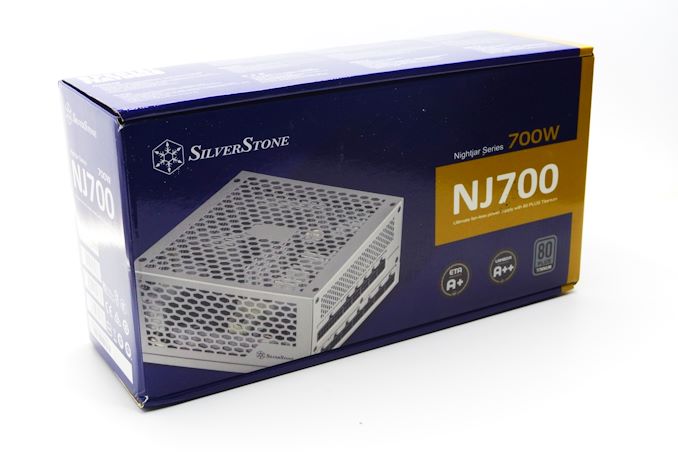
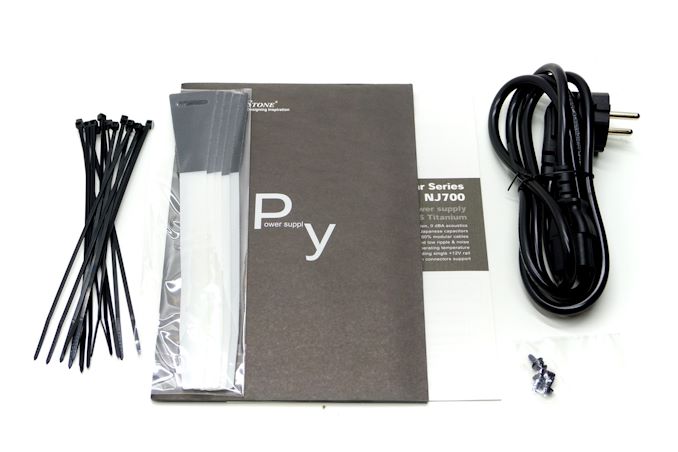

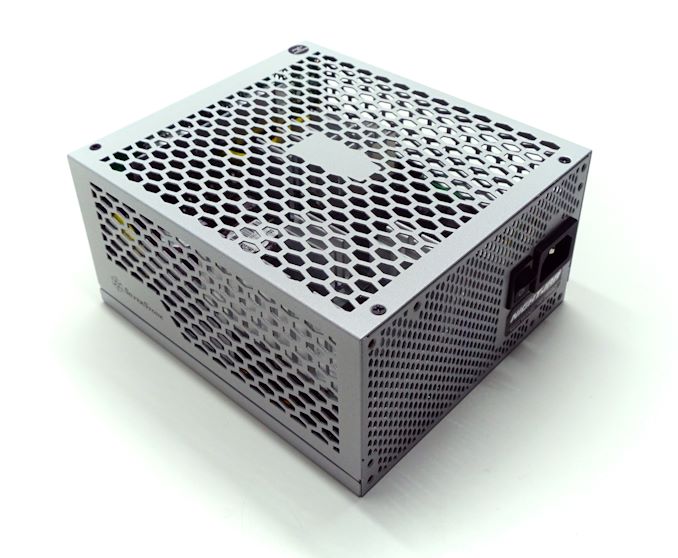
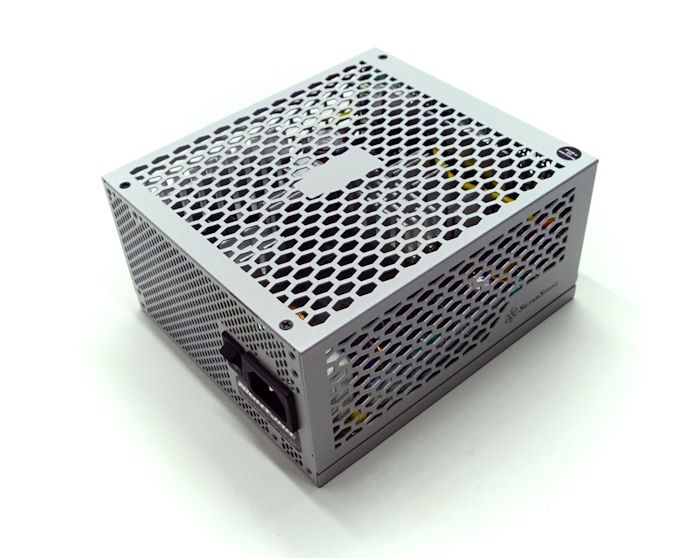
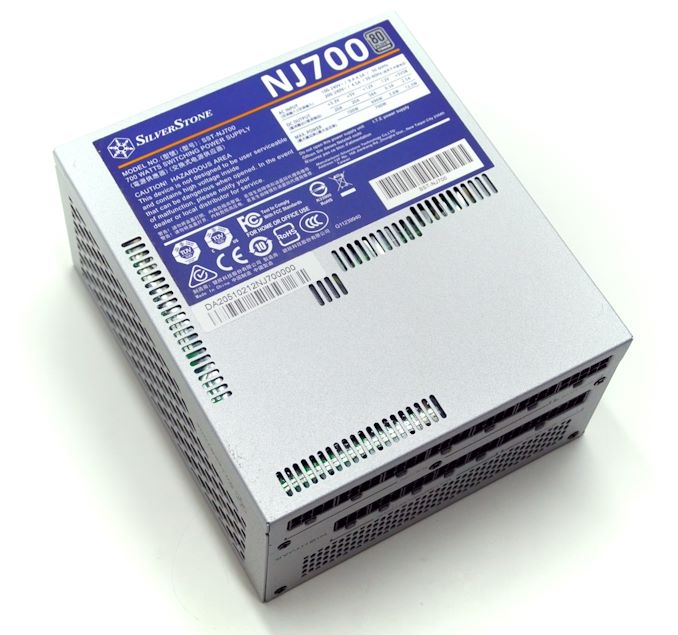
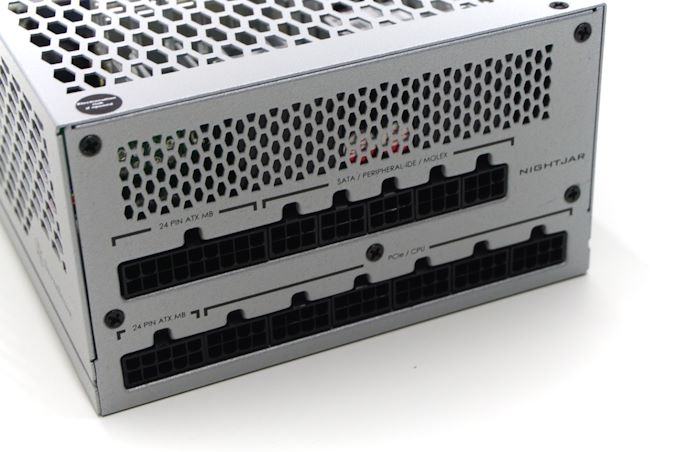
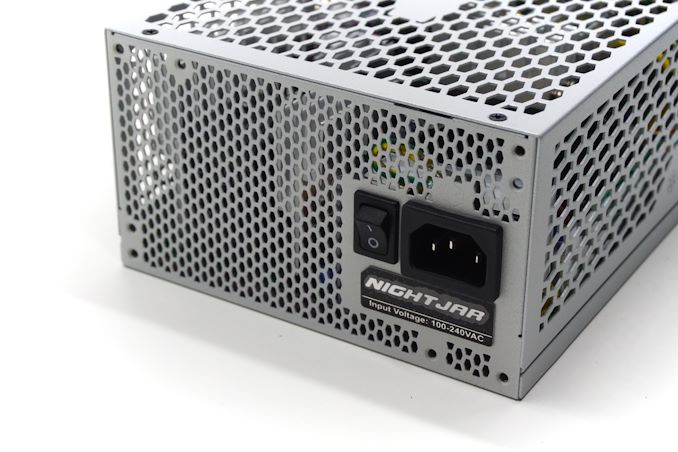
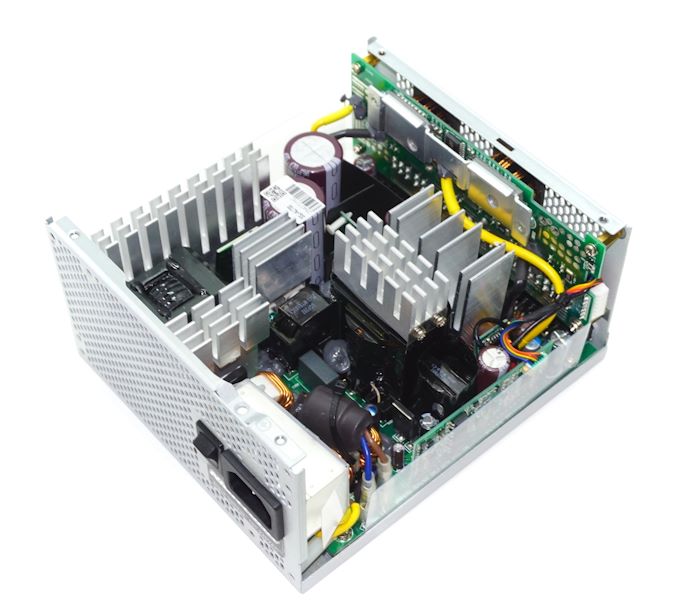
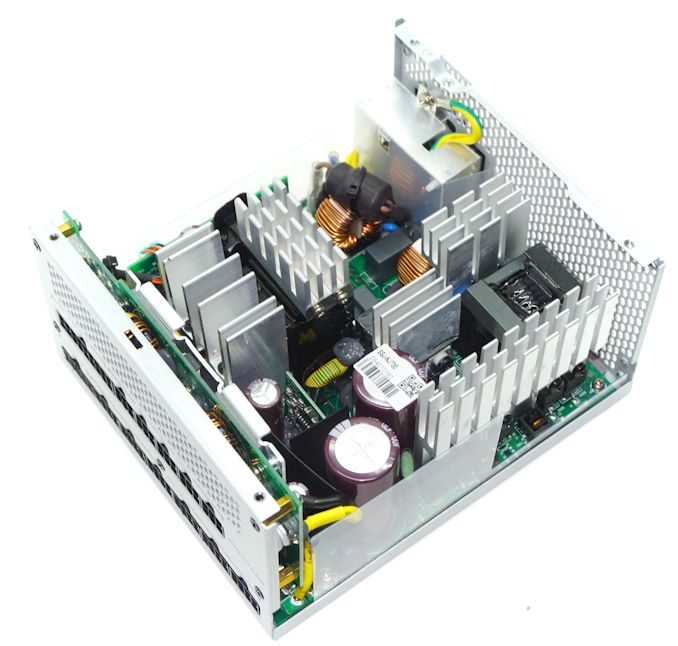
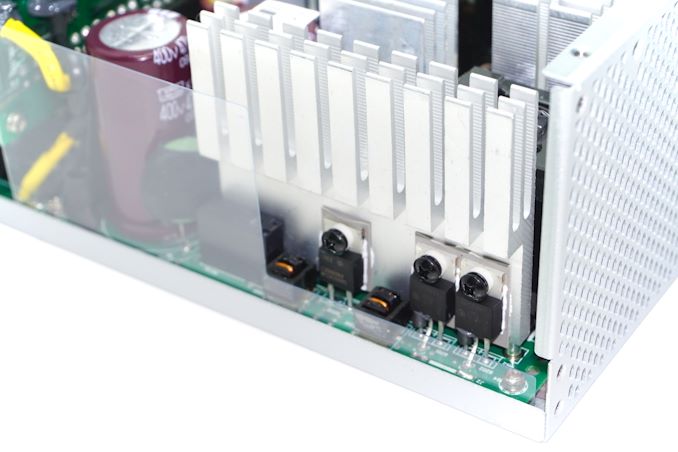
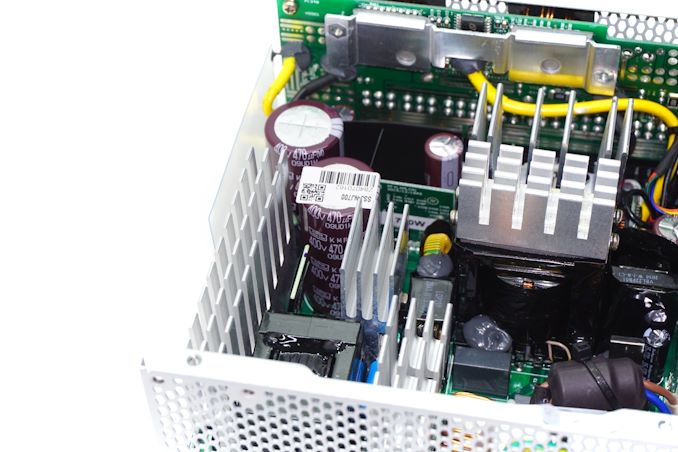








46 Comments
View All Comments
Wrs - Saturday, December 11, 2021 - link
Noise cancelation is already used in aviation headsets - realize it does cost something and sometimes a cheap pair of earplugs is more than sufficient. Those subway researchers didn't miss anything, they just wanted to point out the amount of noise. It's on subway riders to get earplugs or cheap passive headphones if they can't afford ANC, or learn to steady eardrums with a reverse valsalva. Typically 75dB is regarded as starting to cause hearing loss. That's 1000 times as intense as a somewhat noisy 45dB machine.Decibels are simply a log base 10 scale. If you raise the intensity by 5x, that's a 7dB gain. So 5 35dB fans that don't attenuate each other, 42dB. Every 2x is 3dB, 4x is 6dB, hope you get the picture.
Sorry about your experience with Beats. Ive never tried them but wouldn't associate them with good value. Bose is generally the ANC standard. Apple's Airpods Pro and Max are also well regarded. I use a Max and though a hiss is impossible to negate entirely its kind of hard for me to even notice it. Unfortunately I do not know how the experience differs for someone with significant tinnitus (everyone has that ringing, it just varies to what degree).
Wrs - Saturday, December 11, 2021 - link
So the comments about PSU sometimes adding insignificant noise are practically true. If the rest of system is already at 40dB when the PSU tops out at 29dB, they're not moving to 41dB. And all of this is nowhere close to causing hearing loss.Oxford Guy - Friday, December 24, 2021 - link
And the Seasonic ‘Snow Silent’ PSU that ‘could be heard from rooms away’?That’s a quote from the review here.
Wrs - Saturday, December 25, 2021 - link
I can't find a Snow Silent review from AT, but I did find a rather competent one done in 2015 by Tom's, where it was found relatively quiet to 50% but measured 52dB 1m away at 80%+ load, which I suppose is audible from rooms away (it depends on the frequency distribution). Perhaps half the name was a misnomer.Then in 2016 the same author reviewed a Prime Titanium 850W that stayed under 30dB until almost 800W. That's two orders of magnitude less sound energy.
TheinsanegamerN - Tuesday, November 30, 2021 - link
The last PSU that I owned, that was audible at all under load, was an old diablotek power suppyl with two 80 MM fans. Most moderen 120mm PSUs run cool enough and quiet enough that absent a totally silent system will be inaudible.Oxford Guy - Thursday, December 2, 2021 - link
Many modern PSUs are audible. One of them, a Seasonic ‘Snow Silent’ model could be ‘heard from rooms away.’That is a direct quote from the Anandtech review.
alcoholbob - Saturday, December 4, 2021 - link
Both the TX-700 (which the NJ700 is based on) and the NJ700 had problems with audible coil whine even while idling, which were much worse than higher wattage Seasonic semi-fanless units while running fanlessly. The issue with these 700W models appears to be the fact that the coil whine is very high pitched, so its quite audible from several feet away.On higher wattage Seasonic units like the 850W or 1000W RMx series, there is coil whine but its much lower in frequency. Due to the Fletcher Munson effect, it sounds nearly inaudible, while the TX-700 and NJ700, as well as lower end 520W and 420W Nightjar models sound to me quite unbearably loud due to the high frequency nature of the whine.
I find it much cheaper to simply get a Corsair RMx unit and just mod the fan with a low noise Noctua fan.
Oxford Guy - Friday, December 24, 2021 - link
I recall that it was fan noise not coil whine that made that PSU audible, according to the reviewer.ruthan - Thursday, December 2, 2021 - link
Im only missing 2x EPS cable for some dual socket builds, 700W is enough for them.I had fanless Seasonic and Silverstones, in the past.. My expecience is than Silverstone have better cooling, it worked in machine, where Seasonic with same Wattage was overheating.
But we need some head to head review.
albaikinindia - Monday, December 6, 2021 - link
thanks for share this information keep your post update with new content. https://www.al-baik.in/